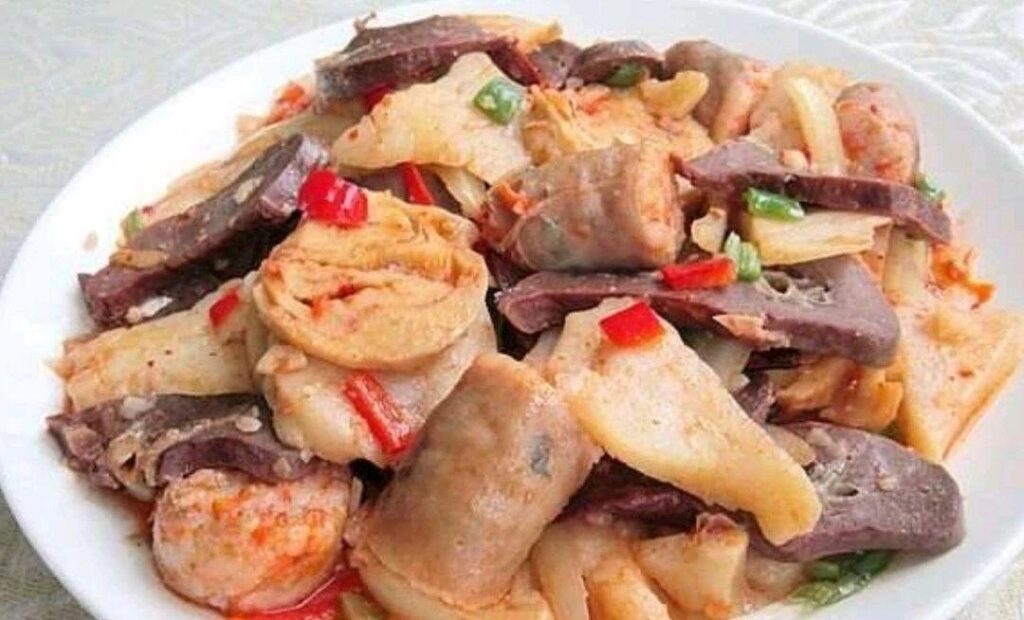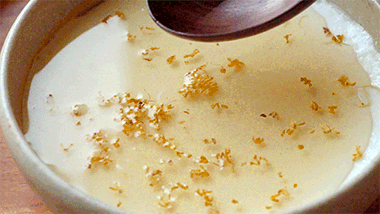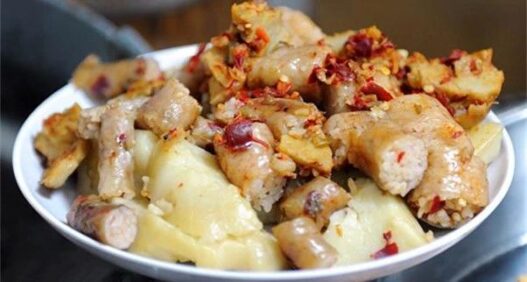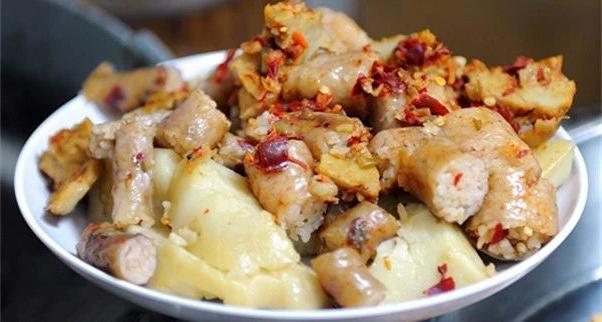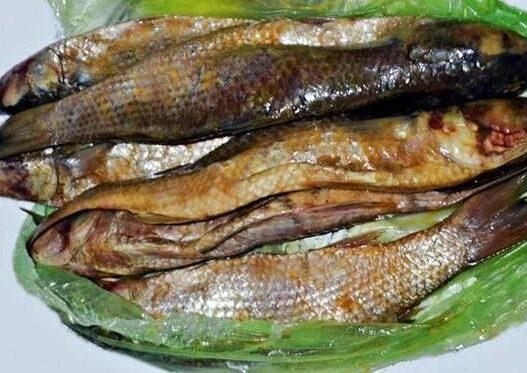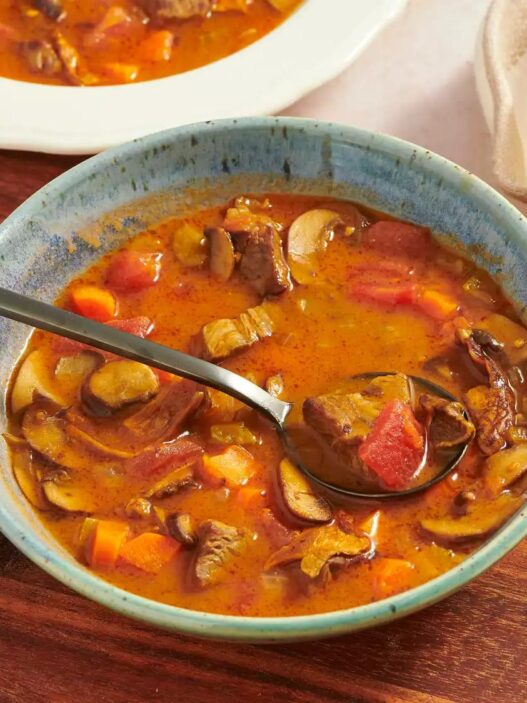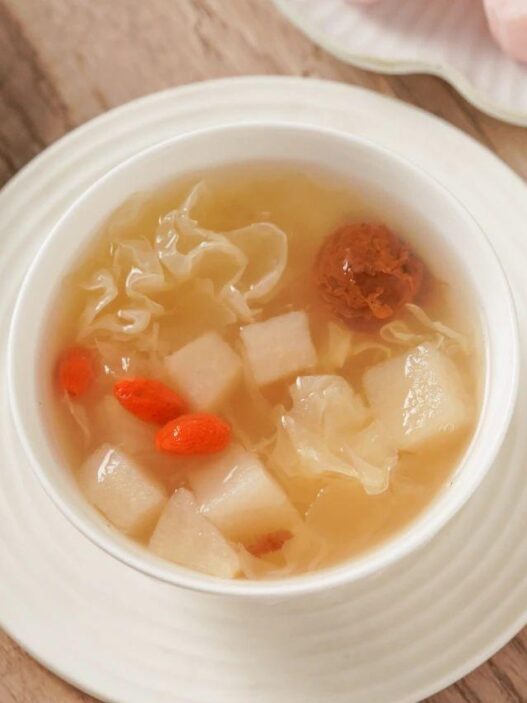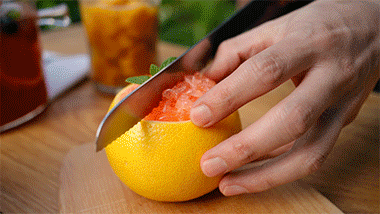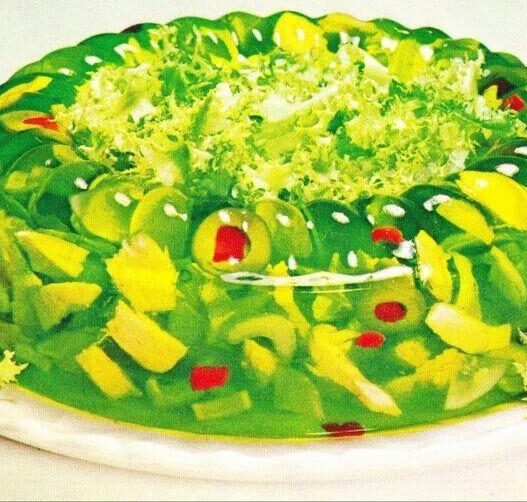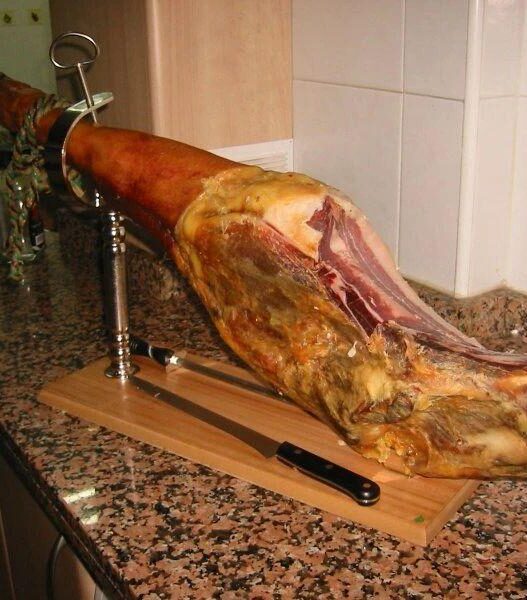The Fascinating and Bold “Mian Fei Zi” from Xinjiang
Xinjiang cuisine is known for its bold flavors and unique dishes, and among its most daring is Mian Fei Zi, a dish so exotic and intense that even the most seasoned food adventurer might find themselves questioning their life choices. Mian Fei Zi, which translates roughly to “Lung Noodles,” is not just any street food. It’s an experience that strikes the senses with its raw intensity, combining flavors, textures, and a bit of cultural history.

The Look and Feel: An Unexpected Encounter
Imagine walking past a busy Xinjiang street food stall. At first, you might think you’ve stumbled into a surgical room. Amid the fresh ingredients, you’ll spot Mian Fei Zi, a dish that’s both art and challenge. At the top of the pile are mi chang zi (rice sausages), with the white, almost pristine Mian Fei Zi lying beneath. The sight can be a visual shock, sending chills down the spine for the unprepared.
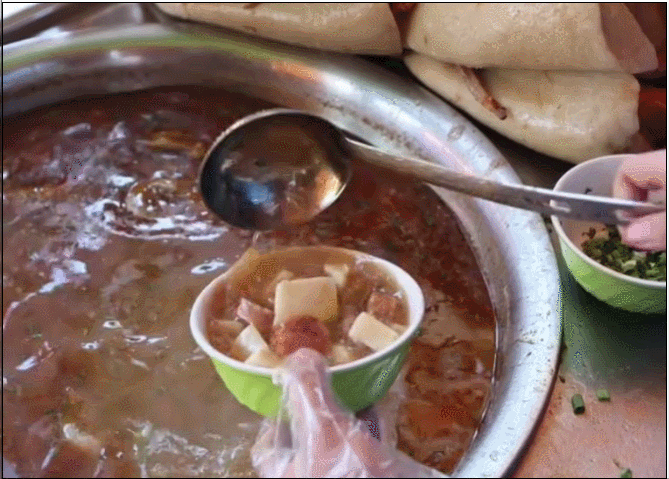
The strong, gamey smell of lamb organs fills the air, blending with pungent spices. Despite its intimidating appearance, the dish is loved by many in Xinjiang. It’s served at roadside stalls or local eateries, drawing those eager to dive into the heart of Xinjiang’s rich food culture.
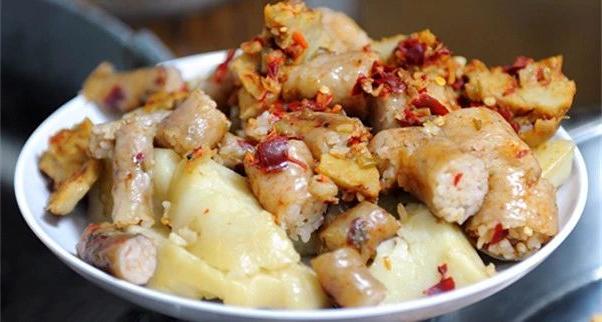
The Intricate Process of Making “Mian Fei Zi”
At first glance, Mian Fei Zi may seem like an undercooked experiment. But beneath the surface lies a carefully crafted dish requiring immense skill. The key ingredient is lamb’s lungs, which are transformed into something unrecognizable from their original form. The process takes hours of preparation and care.
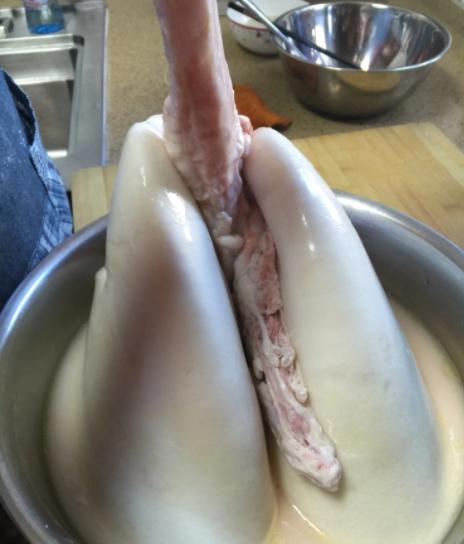
First, the lamb’s lungs are washed—an action that could belong in a medical textbook, not a kitchen. Water is poured into the trachea to expand the lung tissue. Then, using delicate techniques, the lungs are rubbed and soaked in water multiple times to remove blood and impurities. Only once the lungs are clean does the real work begin.

Next comes the dough mixture. A simple flour dough is mixed with water. After several careful steps, it’s strained and turned into a gelatinous paste. This paste is infused with oils, peppers, and spices, making it more of a culinary engineering process than just cooking.
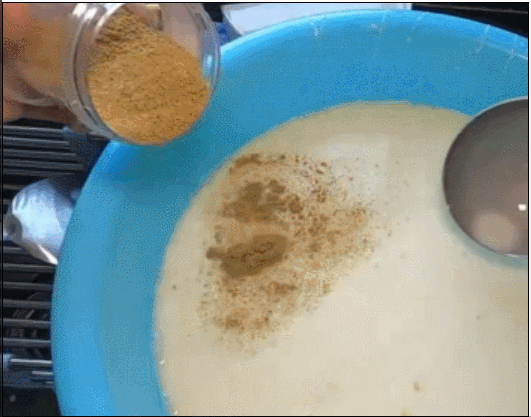
Using a funnel or similar tool, the mixture is carefully filled into the lamb’s lungs. This step requires expertise. Fill too much, and the lung may burst; fill too little, and the texture won’t have the right bite. The result is a dough-filled lamb lung, ready to be cooked and served.
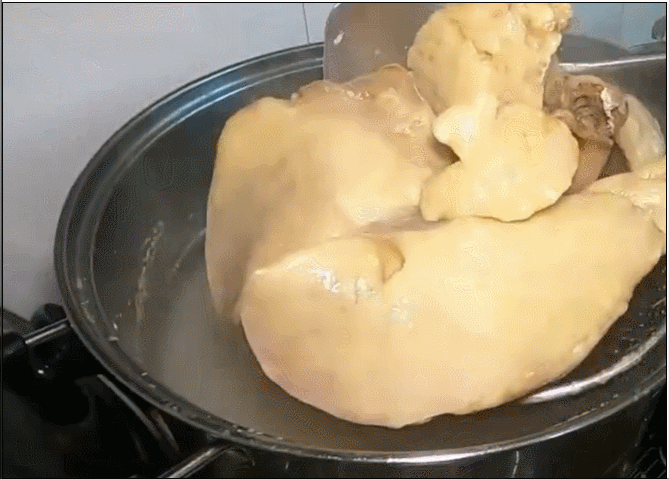
From Kitchen to Plate: The Final Product
After about 30 minutes of cooking, Mian Fei Zi is ready to be served. What once was a raw lung is now a soft, gelatinous substance that closely resembles tofu but has the texture of something entirely different. Its appearance—white and soft, yet firm to the bite—can be deceiving. The intense gamey flavor of lamb still permeates the dish, making it clear that this is no ordinary creation.
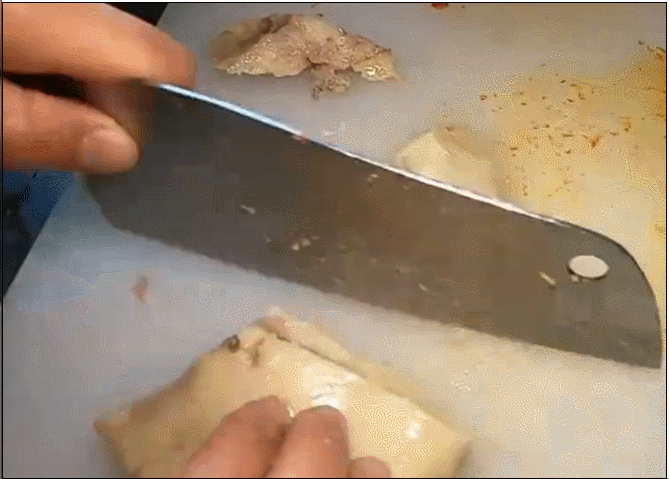
When you take that first bite, the smooth, chewy texture of the dough hits your mouth, followed by the rich, spicy broth. It’s a combination of both umami and spice, with a texture that’s uniquely satisfying. Whether served with rice or alongside lamb offals, Mian Fei Zi is a dish that brings both flavor and texture together in a bold, unforgettable way.
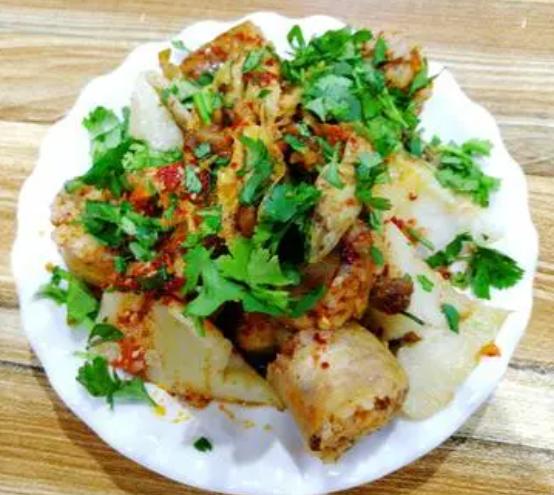
A Cultural Legacy: From Local Specialty to Street Food Star
Though it may seem exotic or even odd to outsiders, Mian Fei Zi is a staple in Xinjiang’s food culture. The creation of this dish blends local traditions with modern street food practices. In local eateries, it’s often paired with other dishes, like mi chang zi, which is made from lamb organs and rice, adding an extra layer of flavor and texture.
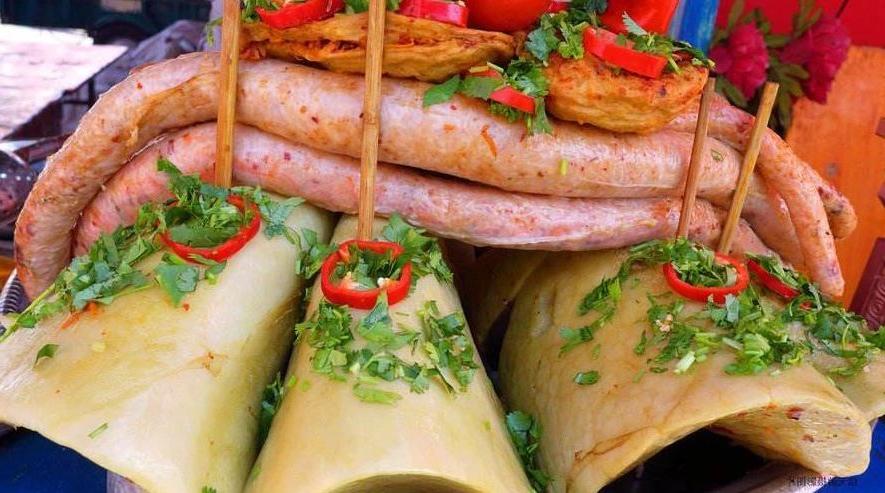
Mian Fei Zi is not just food—it’s a ritual. A ritual where the cook’s skill is on full display, a testament to years of mastering the perfect balance between dough, meat, and spices. Its bold, rustic flavors push the boundaries of what most people are used to, making it a dish only the bravest dare to try.
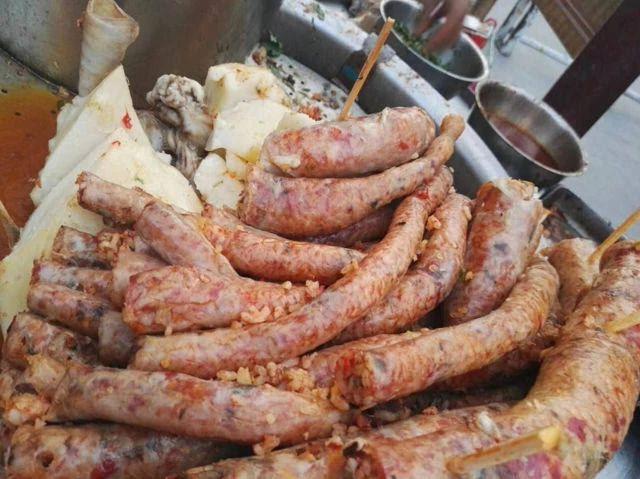
Final Thoughts: Embrace the Adventure of Mian Fei Zi
If you’re looking for something truly adventurous in the culinary world, Mian Fei Zi is an experience like no other. Whether you’re looking to push your boundaries or simply experience a unique taste of Xinjiang culture, this dish offers a deep dive into a food tradition that is at once raw and refined.
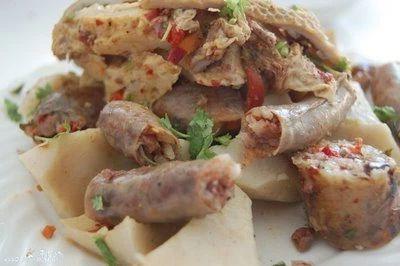
Xinjiang’s street food scene is a place where daring food lovers can enjoy a blend of rich history, culinary mastery, and bold flavors that stand out among the world’s most celebrated cuisines. So next time you find yourself in Xinjiang, don’t just pass by that street stall—give Mian Fei Zi a try and see where your taste buds take you.
